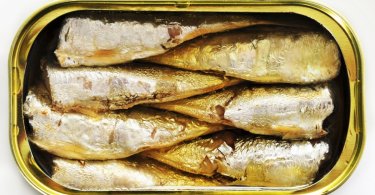Edible mushrooms are fungi that are safe for human consumption and are used in a variety of culinary dishes around the world.
They are prized for their unique flavors and textures and are often used as a meat substitute in vegetarian and vegan dishes. Some common edible mushrooms include button mushrooms, portobello mushrooms, shiitake mushrooms, and oyster mushrooms.
What are the temperature and humidity requirements for edible mushroom cultivation?
Edible mushrooms generally prefer warm and humid climatic conditions, and each edible mushroom has its requirements and adaptation level to abiotic factors (temperature, humidity).
1. Temperature
The growth and reproduction of edible mushrooms all take place at a certain temperature.
If the temperature is suitable, its life activity is vigorous. Above or below the appropriate temperature, its vitality decreases or slows down.
Using a thermometer, according to the optimal temperature required for edible mycelium, they can be divided into three main categories:
Low-temperature type: optimum temperature 24℃~28℃, such as Park mushroom, Sliding mushroom, Pine mushroom, maximum temperature 30℃.
Medium temperature type: optimum temperature 24℃~30℃, maximum temperature 32℃~34℃. Such as shiitake mushrooms, mushrooms, silver fungi, and black fungus.
High-temperature type: Optimum temperature 28℃~34℃, maximum temperature 36℃. Such as straw mushrooms, and Poria.
The relationship between substrate differentiation, (the beginning of the emergence of the original base) and temperature can be divided into two types of edible mushrooms:
(1) Low-temperature type.
The highest does not exceed 24℃, the most suitable is below 20℃, such as shiitake mushroom, park mushroom, mushroom, purple spore flat mushroom.
(2) Medium-temperature type.
Up to 30℃ or more, best suited above 24℃, such as straw mushroom, anchovy mushroom, and abalone mushroom.
Generally speaking, the optimum temperature of substrate development is lower than the optimum temperature of mycelium growth.
According to the relationship between temperature change and substratum growth and development, edible mushrooms can be divided into:
(1) thermostatic fructification, if a certain constant temperature is maintained, the substrates can be formed. Such as the park mushroom, mushroom, monkey head, black fungus, and straw mushroom.
(2) Variable temperature fructification, change the temperature to form substrates; constant temperature is not easy to form substrates. Such as shiitake mushrooms, and flat mushrooms.
2. Moisture and humidity
Because edible mushrooms are moisture-loving organisms, whether it is spore germination, mycelium growth, or substrate formation, they all need certain moisture and relative air humidity, without moisture there is no life.
Edible mushrooms need moisture in all stages of growth and development, and their seeds need more water when developing.
Water mainly comes from the culture material, only when the substrate moisture content is sufficient to form the substrate.
The water in the culture material is often lost due to evaporation or harvesting, so it is usually sprayed with water according to the situation.
The water content algorithm is to calculate the percentage of water in the wet material.
Generally, the moisture content of culture material suitable for edible mushroom growth is about 60%.



